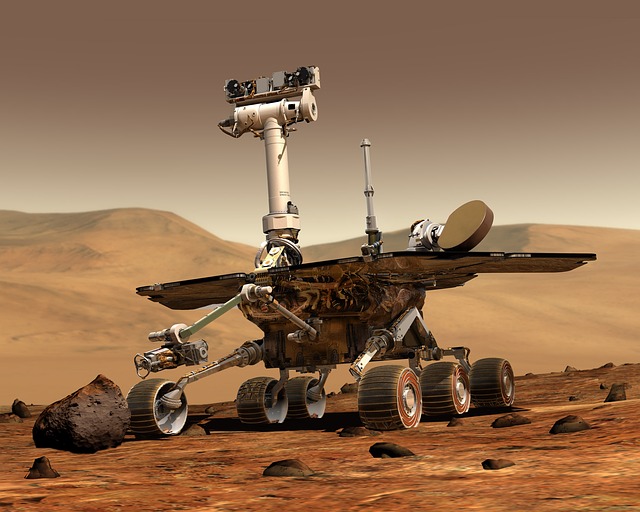
What can a robot do today and in the future? Kit robots have different capabilities depending on their type, sophistication and cost. Potential capabilities in alphabetical order are:
Analysis
- Auto-Follow: The robot can follow you or another potentially moving object/animal/person.
- Climb Stairs: The robot can move up and down stairs. This is different from moving up/down steep inclines or climbing mountains and mountain like structures.
- Auto-Navigation: The robot can follow a predetermined path, which can be adjusted by the addition of new way points.
- Exploration & Mapping: The robot can explore its surroundings and construct a two or three dimensional map of the explored area.
Automation
- Learning: The robot can learn from past events and activities and modify its future actions and activities.
- Memory: The robot can remember past events and activities.
- Programmable: The robot can be programmed through a programming language like Python, C, C++, …
Communication
- Bluetooth: The robot can communicate or be communicated with through Bluetooth.
- IR Control: A controller using infrared light can communicate with and direct the robot’s activities.
- Lights: The robot has lights, possibly multi-colored, that it can turn on and off as desired.
- Mobile Phone Control: A mobile phone can control the robot’s activities.
- Realtime Video: The robot has one or more cameras that can be viewed and recorded at any time.
- Wireless Internet: Most of the small computers in robot have a wired ethernet connection that enables the robot to be connected to the Internet. A wireless ethernet connection enables the robot to be connected to the Internet through the air without wired connection.
Connection
- Attach Itself: The robot can connect itself to another stationary, movable and/or moving object.
- Connect Itself: In addition to attaching itself, connect or plug into another object (e.g., recharge its battery).
Energy Management
- Rechargeable: The robot’s energy source/system can be manually charged multiple times. Typically, some sort of battery or batteries are the energy source.
- Self-Recharging: The robot can automatically connect itself to a recharging station and recharge itself.
Movement
- Move on the Ground: The robot has wheels, tracks, feet or skis.
- Flying: The robot can travel in the air like a drone (airplane, helicopter, rocket, balloon, …)
- Move On Water: The robot can move on/over water like a boat or as a boat.
- Move Under Water: The robot can move on or under water like a submarine or as a submarine.
- Vertical Take-Off and Landing: The robot can take-off and land like a helicopter.
Object Manipulation
- Fire/Throw: The robot can fire and/or throw an object in a specific direction, either aimed or unaimed.
- Pickup Objects: Pickup objects off the ground.
- Push Objects: Push or move objects that are adjacent to itself.
- Robotic Arm(s): The robot has a moveable appendage that enables it to pick-up, drop, push and/or pull other objects that are adjacent to it.
Recognition
- Distance Measuring: The robot can measure how far away something is from itself. The type of measurement device determines how far away something can be to be measured. For most kits the distance is close and measured in feet and inches.
- Color-Following: The robot can follow an object that has a specific color.
- Line Tracking: The robot can follow a line on the floor or embedded electrical or magnetic line depending on the type of robot sensor.
- Motion Tracking: The robot can track and report the position of a moving object.
- Obstacle Avoidance: The robot can detect obstacles and automatically move around, over or under them.
No experimental or kit robot has all of these capabilities. Typical robot kits will have 4 to 6 of these capabilities. The type of robot determines which capabilities are most likely. For example, a stationary robot will have some form of communication and one or more robotic arms. An unattended robot will have a computer that can be programmed to perform an assigned task. A more complex robot will have both controllers and computers that can be programmed to guide its movement.
To learn more about industrial robots, click here. A summary of the Mars Curiosity Rover can be found here. Amazon has fully autonomous mobile robotes working in its warehouses as described here.
